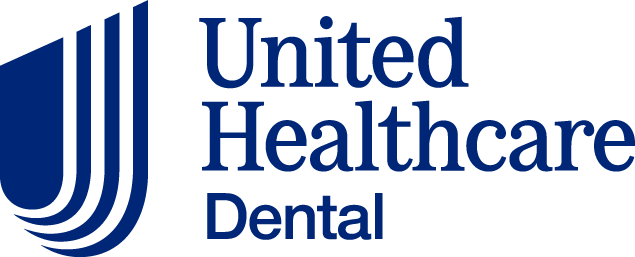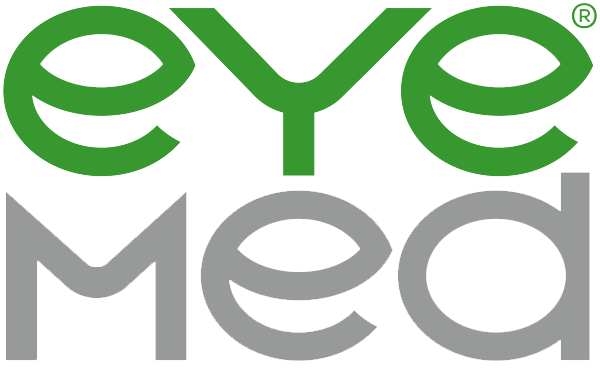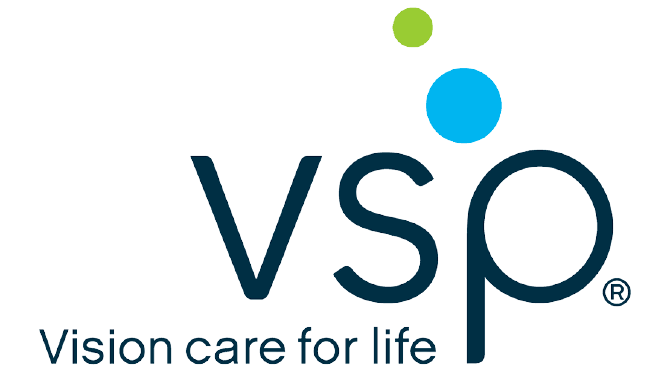In a landmark decision, the U.S. Food and Drug Administration has cleared Essilor’s new Stellest eyeglass lenses for sale—the first FDA-cleared eyeglass lenses shown in clinical trials to slow the progression of childhood myopia, or nearsightedness, in kids ages 6 to 12. It’s a big step forward in children’s eye care, giving parents a noninvasive option to help protect their child’s vision during key growth years.
And if insurance plans start covering the lenses in the future, that impact could grow even more. Myopia treatments can add up quickly, but coverage would make Stellest easier to afford, and more families might choose to start treatment earlier instead of putting it off. That could mean healthier vision as kids grow, fewer complications later and potentially lower costs for families and the healthcare system.
In the Eye of the Policy: Coverage Still Up in the Air
As of now, it remains uncertain whether vision plans will cover the Stellest lenses. Because they are new and approved under a medical device pathway, insurers may treat them as experimental or elective until utilization and outcomes data accumulate.
Nonetheless, if coverage becomes available, parents may want to favor insurers with strong reputations, broad networks and quality metrics. Here are some top vision insurance options to consider if you want to stay ahead of eye care costs:
VSP (Vision Service Plan)
VSP positions itself as a full-service vision provider with broad flexibility. It offers individual vision plans you can use immediately and covers annual exams, standard glasses (including lenses and enhancements) and access to a large network of eye doctors and retail outlets. Its model emphasizes low out-of-pocket costs and ease of use across in-store and online vendors.
Anthem (Blue View Vision)
Anthem offers the Blue View Vision plan under its vision portfolio. With this plan, members typically get regular eye exams with copays, plus “allowances” for glasses, lenses or contact lenses. The exact benefits, such as the frame or lens allowances or discounts on upgrades, vary by plan and region. In some documented plan terms, the benefit includes a fixed dollar allowance for eyewear and discounts on additional purchases.
UnitedHealthcare
UnitedHealthcare offers supplemental vision plans that cover core vision services like eye exams, glasses and contacts. In their plan documents, in-network benefits include a $0 exam copay and $0 materials cost when using a participating provider. Coinsurance may apply for services like low vision care or vision therapy, and there are lifetime caps for those services. When using out-of-network providers, you pay upfront and then seek reimbursement up to specified limits.
| Company | Forbes Advisor Rating | Top Scoring Plan | Average Monthly Cost | View More |
|---|---|---|---|---|
Blue View Vision Enhanced | $19 | On Healthcare Marketplace’s Website | ||
Plan A | $11 | On UnitedHealthcare’s Website | ||
EyeMed Bright | $30 | |||
EasyOptions | $29 | On Vspdirect.com’s Website |
Bottom Line
The FDA’s authorization of the Stellest eyeglass lenses is a breakthrough for pediatric eye care. It gives parents a safer and more effective tool to slow myopia progression earlier in life.
But before you rush to place an order, check with your child’s vision specialist and insurer. As coverage is not yet guaranteed, call your carrier to see whether it’s recognized, if prior authorization is required and whether cost sharing or reimbursements will apply.









Leave a Reply